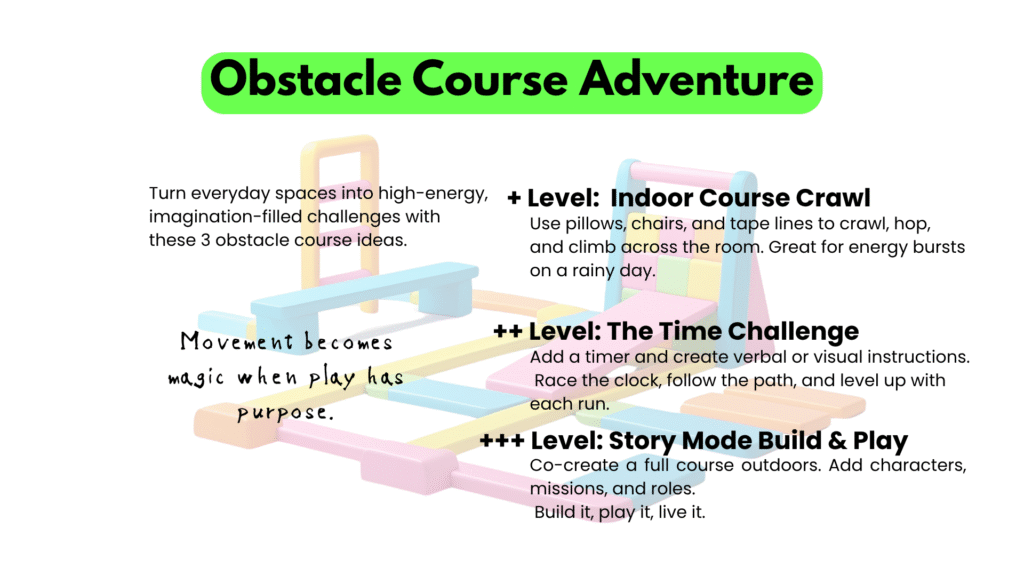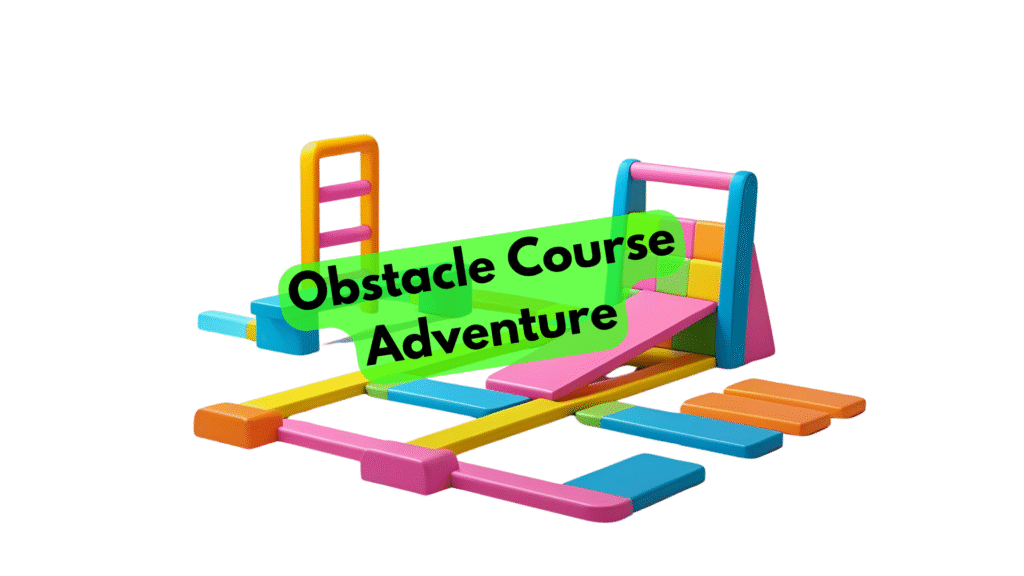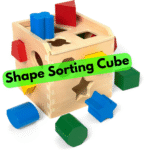Obstacle courses are a time-tested favorite for kids—and for good reason. They offer movement, challenge, and a sense of accomplishment. But what really makes an obstacle course special is how it invites kids (and adults) to turn their environment into a place of purpose, fun, and imagination. With a few everyday items and creative framing, you can transform a hallway, living room, or backyard into an epic adventure zone.
What begins with crawling through chair tunnels or hopping over pillows can grow into a strategic, story-based experience full of teamwork, planning, and role play. Below are three progressive levels of obstacle course play, from simple setups to fully immersive challenges that your child helps design.
+ Level: Indoor Course Crawl
Objective: Use household items to create a physical course focused on movement and coordination.
Lay down pillows as stepping stones.
Use painter’s tape to create balance lines or zig-zag routes.
Have kids crawl under chairs or hop through a line of hoops.
This is a fantastic indoor energy-burner and supports gross motor skills, creativity, and spatial awareness—especially great for rainy days or quick activity breaks.
++ Level: The Time Challenge
Objective: Add urgency and structure with a timer and map or verbal instructions.
Create a path, then give simple instructions:
“Jump to the yellow pillow, crawl to the chair tunnel, spin, then crab walk to the finish!”
You can also draw a visual map or checklist for them to follow.
Time them, cheer them on, and encourage self-improvement. This version strengthens listening, sequencing, and the ability to focus under light pressure.
+++ Level: Story Mode Build & Play
Objective: Co-create a large course with your child outdoors or in a bigger space using roles and rules.
Head to the backyard, park, or large indoor space and plan the course together.
Create roles like:
- “Ninja crossing the lava stones”
- “Rescuer bringing supplies across the forest”
- “Treasure hunter unlocking each zone”
Kids help design, test, and even enforce the rules. You can cycle through different missions, switch characters, or invite siblings and friends. This is where creativity, cooperation, and ownership take the lead.

Final Thought:
Obstacle courses aren’t just about running and jumping—they’re about storytelling, problem-solving, and shared joy. As your child grows, let the course grow with them. The more they help build the world, the more they’ll build confidence, too.



